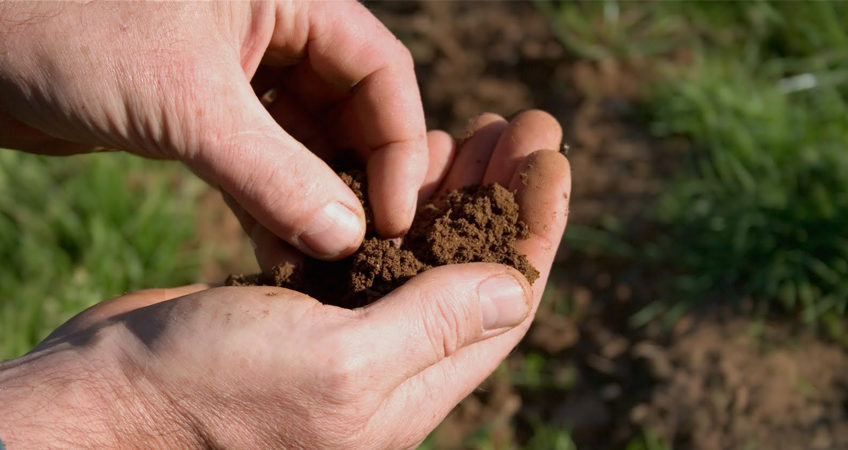
5 Commercial Landscape Ideas To Enhance Your Property
As we head into spring, now is the time to consider landscape enhancements for your commercial property—ways to improve safety, sustainability and the overall experience for guests. What projects have you put on the back burner? Do you need to address plants that have outgrown their spaces, or replace tired shrubs with young natives that have low-water requirements?
As you consider the possibilities for your landscape, ask yourself: How do people spend time outdoors on your grounds, and what could you add to make landscaped spaces more comfortable? (We’re seeing modern seating and work-play focused projects like patio spaces equipped for cooking—even bocce ball courts for blowing off steam mid-day or staging team-building activities at the office.)
It’s already March, and before long we’ll be in the heat of the landscape maintenance season. Without a plan in place, these landscape design ideas will become dreams that get lost in the grounds management bustle. We all know how busy late spring and early summer is when our growing season peaks.
So take a moment now to tour your property and look at the landscape as if you were the guest, employee, pedestrian, shopper or even passer-by.
#1 Update Signage to Improve Appearance and Wayfinding
When is the last time you addressed signage on your commercial property? Weather can take a toll on even high-quality signage—and styles evolve over time. Crisp, modern signage that is easy to read day and night is an asset because it guides people to your commercial property. Entry signage can be spruced up with tiered landscaping. Think: hardscape elements and mix of plant sizes and textures. Color draws attention.
Signage should not only look attractive and updated, it must be functional so people can find their way on your property. Consider auditing the existing signage and determining if additional directional signs are necessary to improve the guest experience.
#2 Add Seating That Says, ‘Stay Awhile’
Outdoor seating is a benefit for businesses. Seating in the landscape allows employees to take breaks to refresh and re-energize (this improves productivity, mood and morale). Outdoor seating areas can be used for meetings, entertaining and …
#3 Replacing Tired Plants With Texas Natives
Mature landscaping can outgrow spaces and the result is a messy-looking bed and compromised plant health. Sometimes, the best way to tame a bed is to start from scratch—especially if the existing plants are consuming valuable maintenance time and resources. With the watering restrictions we often experience in Atlanta, it makes sense to replace tired plants with drought-tolerant Georgia natives that will thrive on your property with less water, fertilizer and general maintenance. Some examples are Viburnum, Rhododendron, Dogwood and even azaleas.
#4 Adding Pops of Color With Containers
Containers come in a range of styles and sizes—and they’re a fast way to update and add color to entrances and other high-visibility spaces. Plant annuals for spring, summer and fall in containers. Or, even plant trees and shrubs in large containers to provide shade in a full-sun seating area on your commercial property. (If the plant doesn’t add the color pop, the vibrant container will!) We love how containers are versatile and give property owners a way to keep their landscapes relevant without investing in replanting entire beds.
#5 Addressing Safety And Lighting
Examine your property’s surfaces. Do you see uneven surfaces that could cause pedestrians to trip and fall? Roots of mature trees will grow through most any surface. They’ll push up pavers and concrete, cause buckling at sidewalk joints. Also, weather naturally takes a toll on even the toughest surfaces. Pavers can settle, asphalt can crack, concrete can heave. Addressing these trip-and-fall hazards should be a priority so you can ensure the safety of people who visit your property.
And, speaking of safety, are walkways, parking lots, entrances and other pedestrian and vehicular passages well lit at night? Lighting enhances safety, improve appearance and can actually attract more people to your property. (Some might avoid visiting if they feel uncomfortable there at nighttime.)
Plan Now For Landscape Enhancements
Investing in landscape projects like seating, lighting and plants can boost property value, increase tenant occupancy rates, invite more guests, and enhance the experience people have on your property. Be sure to earmark some budget dollars for enhancements—otherwise, landscape maintenance needs will consume your attention and these projects could get pushed to the back burner.
Now is a great time to walk your property with a commercial landscape professional that can offer design ideas and suggest where you’ll get the most return on investment. It’s best to tackle these projects before summer kicks in and everyone wants to be out enjoying the landscape.




